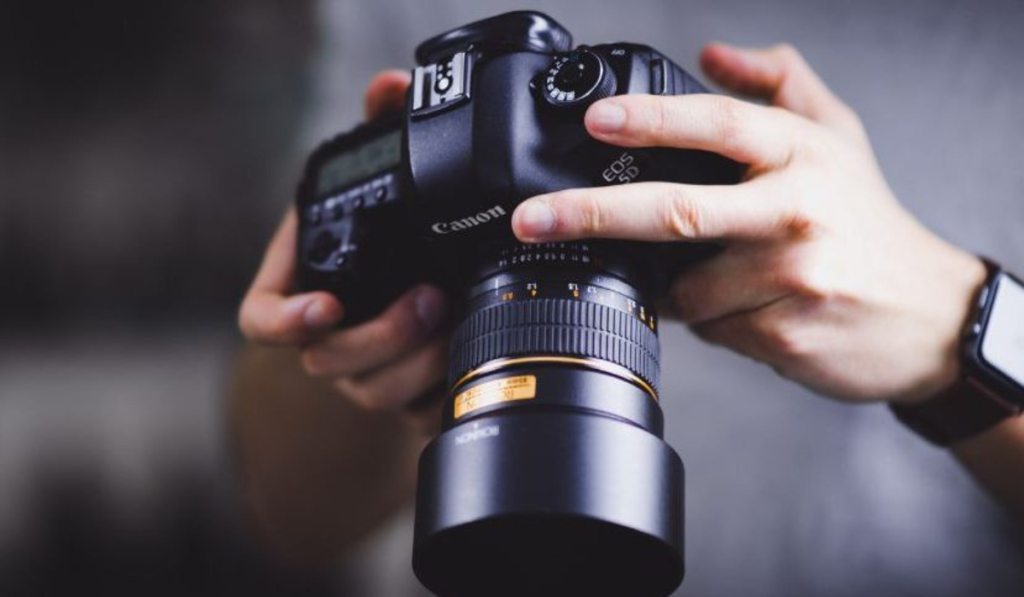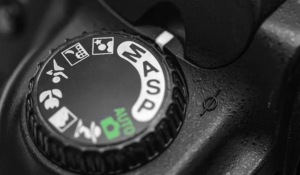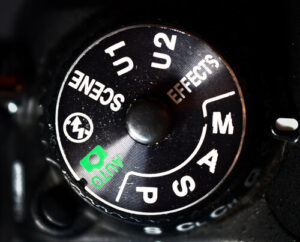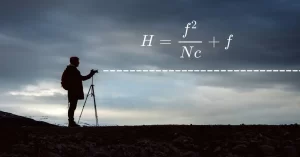Mastering Manual Mode: A Comprehensive Guide to Taking Control of Your Photography

There’s a mode in photography that epitomizes control and creativity: Manual mode. Despite the fact that it may seem intimidating at first, shooting in Manual gives you more artistic freedom and flexibility than any other mode. We’ll walk you through the basics of Manual mode, enabling you to craft breathtaking images when you know how to use it.
Defining manual photography
It harkens back to the origins of photography, when photographers carefully metered scenes and adjusted settings manually. The shots are calculated masterpieces, returning to the roots of photography.
Manual Mode’s Advantages

In Manual mode, you have complete creative control. The photographer engages more intimately with the photographic process when he or she learns to control aperture, shutter speed, and ISO settings. If you’re an amateur or a seasoned professional, Manual mode opens new possibilities for artistic expression.
Principles of operation
Aperture, shutter speed, and ISO are the three pillars of manual mode exposure. Manual photography requires a thorough understanding of these elements. Depth of field is determined by aperture, while shutter speed determines exposure duration and motion blur. In contrast, ISO regulates the camera’s sensitivity to light, balancing image quality with exposure.
Beginners’ Guide to Getting Started
Manual mode may seem daunting at first, but fear not. Evaluate your shot by considering factors such as composition and lighting. After measuring the light, experiment with different configurations until you achieve the desired look. The key to success is to practice, fail, and try again.
Priority for aperture
Manual mode includes aperture priority as one of its cornerstones. Manual photography requires a thorough understanding of how aperture affects depth of field and light intake. You can use aperture priority to capture intricate details or shallow depth of field to isolate your subject.
Priority for shutter speed
Manual mode also prioritizes shutter speed.To capture dynamic and compelling images, the shutter speed must be adjusted to freeze motion or blur it.
Manual mode is the ultimate in control and creativity. Manual mode gives you greater artistic freedom and flexibility compared to any other mode. You’ll learn the basics of manual mode so you can create stunning images.
Definition of manual photography
The shots are calculated masterpieces, returning to the roots of photography when photographers measured scenes carefully and manually adjusted settings. These shots are calculated masterworks, returning to photography’s roots.
The advantages of manual mode
You have full creative control in Manual mode. When the photographer learns how to control shutter speed, aperture and ISO, he or she becomes more involved in the photographic process. Manual mode is a great way to express yourself, whether you are an amateur or professional.
The principles of operation
Manual mode exposure is based on three fundamental elements: ISO, shutter speed and aperture. These three elements are essential to manual photography. Aperture determines depth of field, shutter speed exposure duration, and blur. ISO, on the other hand, regulates how sensitive a camera is to light. This balances exposure and image quality.
Beginner’s Guide to Getting Started
Do not be intimidated by the manual mode. Consider composition and lighting when evaluating your shot. Try different settings after measuring the lighting. It is important to fail and then try again.
Priority for aperture
Aperture priority is one of the cornerstones of manual mode. Understanding how aperture impacts depth of field and the amount of light entering a camera is essential for manual photography. Use aperture priority for capturing fine details, or shallow depths of field to isolate a subject.
Priority for shutter speeds
Shutter speed is also given priority in manual mode. Shutter speed is important for capturing dynamic images.



